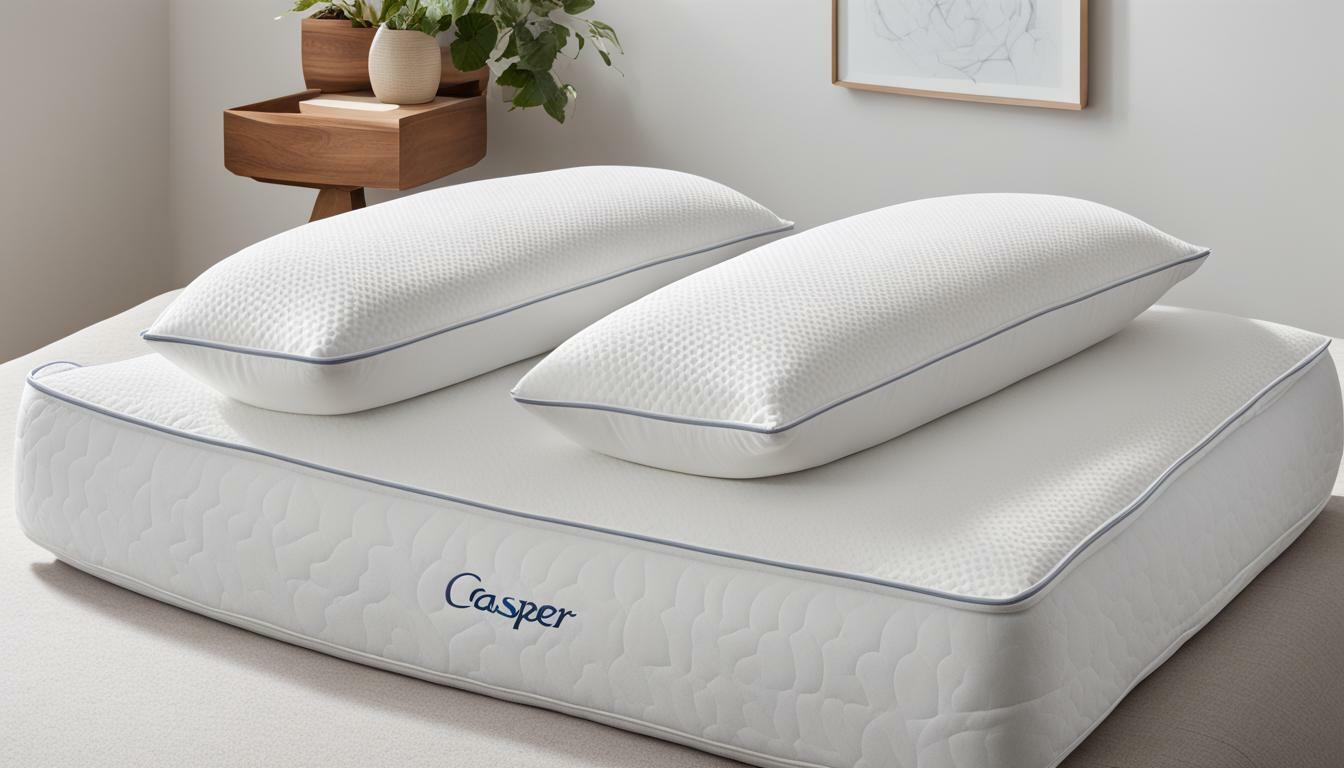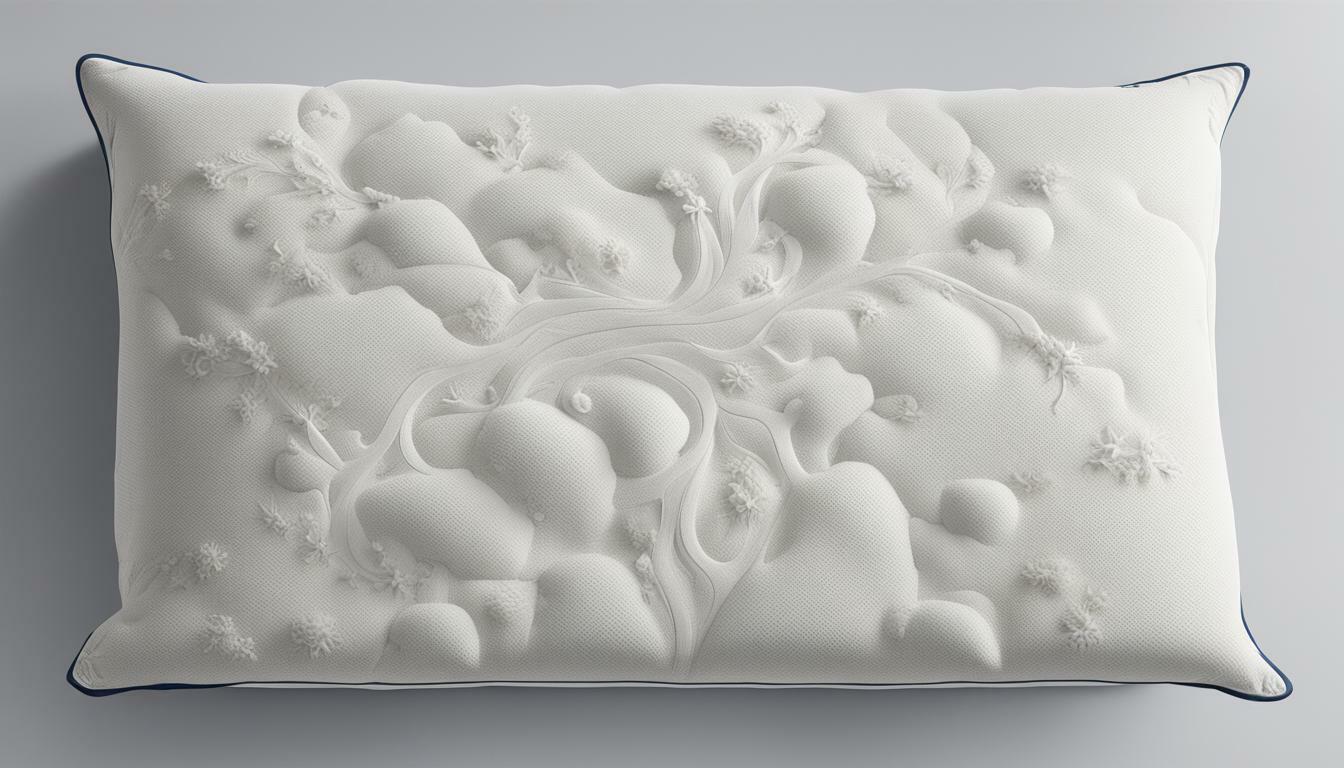Polyester fill is a commonly used material in blankets, comforters and other bedding products. While it offers a number of benefits, many people wonder whether polyester fill can make them hot during sleep. In this article, we’ll explore the properties of polyester fill and how they can impact your body temperature, as well as provide tips for staying cool while using polyester-filled bedding.
Understanding the properties of polyester fill
Polyester fill is a synthetic material that is made by forming fiberfill into small clusters, which are then used to fill bedding products. Polyester is a lightweight, durable material that is resistant to mold and mildew, making it an ideal choice for bedding. Additionally, polyester fill often offers good insulation, which can help to keep you warm during colder nights.
However, it is important to note that polyester fill may not be the best choice for those with allergies or sensitivities. Some people may experience discomfort or allergic reactions when in contact with polyester fill. In these cases, natural materials such as down or wool may be a better option. It is also important to consider the environmental impact of using synthetic materials like polyester fill, as they are not biodegradable and can contribute to pollution.
How does polyester fill impact your body temperature?
While polyester fill can offer good insulation, it’s important to note that it may not be the best choice for those who tend to get hot during sleep. Polyester fill can trap heat, which can cause you to feel hot and uncomfortable. Additionally, polyester fill has a tendency to retain moisture, which can further exacerbate the feeling of warmth.
On the other hand, if you tend to get cold during sleep, polyester fill can be a great option as it can help keep you warm and cozy. It’s also a more affordable alternative to down fill, which can be quite expensive. However, if you have allergies or sensitivities, it’s important to note that some polyester fills may contain chemicals that can cause irritation. In this case, it’s best to opt for a hypoallergenic polyester fill or consider other natural fill options.
Breathability: A key factor in determining heat retention
The breathability of a material is key when it comes to regulating body temperature during sleep. When a material is breathable, air is able to circulate through it, which helps to dissipate heat and moisture. Polyester fill, unfortunately, is not very breathable. This means that during sleep, it can trap heat and moisture, leading to feelings of discomfort and warmth.
On the other hand, natural materials such as cotton, wool, and down are highly breathable and allow for air to circulate freely. This makes them ideal for use in bedding and sleepwear, as they help to regulate body temperature and prevent overheating. Additionally, natural materials are often more sustainable and eco-friendly than synthetic materials like polyester, making them a better choice for both your comfort and the environment.
The role of humidity in affecting insulation quality of polyester fill
Humidity can also play a big role in how well polyester fill insulates. When the air is dry, polyester fill can help to retain body heat, as the small air pockets within the fill trap heat and keep it close to your body. However, in humid conditions, the insulation quality of polyester fill can greatly diminish, leading to a less comfortable sleep experience.
It is important to note that the effects of humidity on polyester fill insulation can vary depending on the type and quality of the fill. High-quality polyester fill may be treated with water-resistant coatings or have a higher density, which can help to maintain its insulation properties even in humid conditions. Additionally, proper care and maintenance of polyester fill bedding, such as regular washing and drying, can also help to prevent the buildup of moisture and maintain its insulation quality over time.
Comparing the insulating properties of polyester fill to other materials
Compared to natural materials like down and wool, polyester fill is generally less insulating. This is because natural materials have a greater ability to regulate temperature due to their breathability and moisture-wicking properties. However, it’s important to note that down and wool may not be suitable for those with allergies or ethical preferences.
Another factor to consider when comparing insulation materials is their weight and compressibility. While down and wool may provide superior insulation, they can be heavier and bulkier than polyester fill. This can make them less practical for activities like hiking or backpacking where weight and space are important considerations. Polyester fill, on the other hand, is lightweight and compressible, making it a popular choice for outdoor gear and sleeping bags.
Can choosing the right bedding help regulate body temperature during sleep?
Yes, choosing the right bedding can have a big impact on regulating body temperature during sleep. In general, it’s best to choose bedding that is made from natural materials like cotton, linen, or even silk. These materials are breathable and allow for good air circulation, helping to dissipate heat and moisture. Additionally, certain bedding products are specifically designed to regulate temperature, such as cooling pillows and mattress toppers.
It’s also important to consider the weight and thickness of your bedding. Heavier blankets and comforters may be too warm for some people, while lighter options may not provide enough warmth. Choosing a bedding set with multiple layers, such as a lightweight blanket and a heavier comforter, can allow for flexibility in regulating body temperature throughout the night. Additionally, adjusting the room temperature and using a fan can also help create a comfortable sleeping environment.
Tips for staying cool when using polyester-filled bedding
If you prefer to use polyester-filled bedding but tend to get hot during sleep, there are a few tips that can help you stay cool. First, try to keep the room temperature low and use a fan to improve air circulation. Additionally, use lightweight bedding and consider investing in moisture-wicking sheets. Lastly, consider investing in a cooling mattress pad, which can help to regulate your body temperature and keep you comfortable throughout the night.
The impact of climate and personal preferences on comfort levels
It’s important to note that the impact of polyester fill on body temperature can vary based on personal preferences and the climate in which you live. If you tend to feel hot at night, it’s best to choose bedding that is breathable and made from natural materials. However, if you live in a colder climate or prefer the feeling of heavier bedding, polyester fill may be a good choice for you.
Alternatives to polyester fill for those who tend to get hot at night
If you tend to get hot at night but still want to enjoy the benefits of synthetic fill, there are a few alternatives to consider. One option is to choose bedding that is filled with bamboo, which is a lightweight and breathable material. Additionally, there are a number of cooling technologies that can be added to bedding products, such as phase change materials or specialized fabrics that wick away moisture.
In conclusion, while polyester fill can offer good insulation, it may not be the best choice for everyone when it comes to regulating body temperature during sleep. By understanding the properties of polyester fill and following the tips outlined in this article, however, you can take steps to ensure a comfortable and restful night’s sleep.



